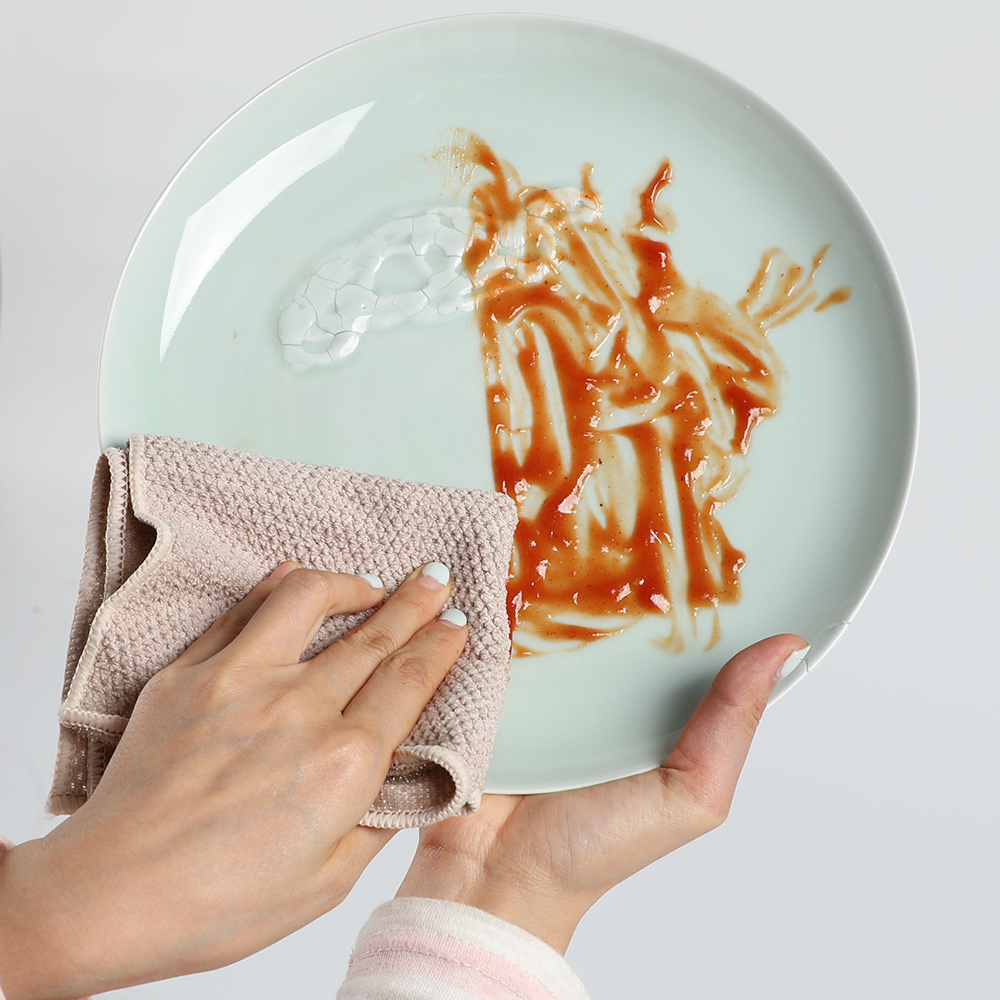However, in the construction of many building masonry, the reserved holes are not placed in the reserved holes, and the reserved sizes are too large, some are too small, and some are too high or too low, so that the whole unit is The dimensions are extremely inconsistent. In this way, when installing the metering box in the later stage, the electrical installer should cut the holes that are not reserved, and the position is not reserved to be repaired in place; the cabinet of each unit is required. Installation must be uniform size, so the results are: 1, waste of building materials; 2, more work lost; 3, the impact on the wall structure; 4, construction waste; 5, affect the acceptance of the main structure. We are also often caught in the construction, but this problem is still inevitable, can not solve the fundamental problem, it has become a difficult problem in the electrical installation of masonry engineering, to completely solve this problem, it is recommended: from the design drawings to thoroughly solve. It is as standard as the window holes in the basement and bathroom. Why are these window holes in the number of buildings and the number of buildings, no one has missed, and there is no size phenomenon that is not standardized. Why can't it be borrowed? Compared with the reserved hole of the electric distribution box, it can flex, The reason for the leaky construction is that the reason is that we should make a thorough improvement on the drawing and construction plan, and we should not follow the design habits of the past. We must integrate with WT0 to solve some institutional problems in architectural design details. The detailed plan for the construction of the bottom of the project, to ensure the reserved hole of the electrical equipment in the construction of the masonry can be active, standardized and reserved construction.
(Continued from the 630th test, using the principle of momentum and energy conservation during the rigid body collision process, the piling formula method is most popular with the engineering news formula and the Haili piling formula.
(2 slamming penetration method, referred to as the æ¶ æ³• method. It refers to slamming the top of the pile with a certain quality of the weight from the low to the high, and using the force sensor to measure the top slamming force Qd, The dial gauge measures the penetration degree e generated by each penetration, and determines the pile body defects by analyzing the test results to determine the bearing capacity of the single pile.
(3Smith wave equation method, the pile is a one-dimensional elastic pile, the pile-soil conforms to the Newtonian viscous body and the ideal elastic body model, and the æ¶, alluvial block, æ¶ pad, pile mat, pile, etc. are discretized into series units, and the discrete is obtained. The difference equations of the system are obtained, and the piling reaction curve is obtained. According to the measured penetration degree, the sorption coefficient of the soil is considered to obtain the ultimate bearing capacity of the pile.
(4Case method, that is, the semi-empirical analytical method of wave equation, according to the stress wave theory, the integrity of the pile body and the bearing capacity of the pile-soil system can be analyzed simultaneously.
(5 wave equation fitting method, namely CAPWAP method, is a reasonable method widely used at present.
(6 static method SlamamiC, its significance is to extend the impact force action time (~100mS, making it closer to the static load test state, but this method is costly, theoretical analysis and field test still need further levee height.
Among them, the wave equation semi-empirical analytical method (CASE method) and the wave equation fitting analysis method (CAPWAP method) are two commonly used high-strain dynamic test pile methods, and their field test methods and test systems are identical. By repeatedly hitting the pile head, the stress wave propagating down the pile body and a certain pile-soil displacement are generated. The accelerometer and the special tool-type strain gauge symmetrically mounted on the pile top are used to record the acceleration and strain under the shock wave, and pass The long-term cable is transmitted to the pile-based dynamic tester; then the corresponding bearing capacity is obtained by different principles.
2.1.2 Characteristics of high-strain dynamic testing method In general, high-strain dynamic testing has the following characteristics: (1) The detection accuracy meets the requirements, and the results are more perfect. The static load method can be used for the PS curve, the single pile bearing capacity, and the high strain test pile method can not only provide the above data for the dike, but also the pile body quality evaluation, the pile body resistance distribution curve, and the bearing capacity measured by the two methods. The error is within 10%. (2) The test equipment is light. Test the bearing capacity of 1400T, the equipment used in the static load test weighs 65 tons, and the length of the beam is more than 20 meters, which brings great difficulties to the entry and exit. The high strain equipment is only 12T, and the long-lift truck It can be shipped into the field. (3) The test cost is low. Generally speaking, the static load test budget costs about 100,000 yuan per pile, while the high strain method is about 10,000 yuan. The high strain method is only the static load test cost. 1/10. (4) The test detection time is short. From the comparison of the detection speed, it takes 3 to 5 days to complete the static load test of one pile, and the high-strain method can perform on-site inspection of dozens of piles in one day.
At present, the methods for detecting the integrity of the pile body include: low strain dynamic test pile method, acoustic wave transmission method, and drilling core method.
With the continuous development of high-intensity measurement technology, people's understanding of the application of wave theory in the field of pile-based testing is getting deeper and deeper. Therefore, low-strain testing technology emerges as the times require. Since the SonicIntegrityTesting concept was proposed by the TN0IBBC Institute in the Netherlands in 1965, the low-strain test technology has been developed for more than 30 years. The low strain test of the pile is to apply a lower excitation energy to the pile top. The micro-vibration of the pile body and the surrounding soil is caused. At the same time, the vibration velocity and acceleration of the pile top are measured and recorded by the instrument, and the record results are analyzed by wave theory or mechanical impedance theory, so as to verify the construction quality of the pile foundation and judge the pile. The integrity of the body, the prediction of the bearing capacity of the pile, etc. The low-strain method has the advantages of quickness, simplicity, economy, and practicality. On the other hand, it also has problems in measuring the pile-soil area, high-frequency interference of large-diameter piles, and rock-embedded rock. At the same time, in the engineering practice, through a large number of static and dynamic contrast tests, it is found that the results obtained by using this method are inaccurate, and the results of the static load test are quite different. Therefore, the low strain is generally only suitable for the pile. Integrity detection. There are many methods for dynamic testing of piles with low strain methods, such as reflected wave method, mechanical impedance method, dynamic parameter method, The following mainly introduces the reflected wave method.
The basic principle of the low-strain reflected wave method is to hit the top of the pile with force, apply a certain amount of energy to the pile, generate stress waves in the pile, and use the special equipment to receive, detect and analyze the stress wave at the pile top. The propagation history of the body can analyze the integrity of the pile foundation.
The reflected wave method uses the wave propagation in the pile to conform to the wave theory. Using the wave theory to derive the wave equation, and then solving the wave equation, the engineering problem can be solved. However, the wave equation propagating in the pile by the wave theory is a three-dimensional equation. Hard to solve. In practical engineering, since the length of the pile buried in the ground is much larger than its diameter, the method assumes that the pile is a continuous elastic one-dimensional homogeneous rod and does not consider the soil around the pile.
This is an excellent all-purpose Lint Free Towel that's non-abrasive and absorbent, but still removes dirt effectively. It also comes in a variety of colors, so you can assign different colors to specific cleaning tasks to avoid cross-contamination. For an all-purpose Microfiber Lint Free Towel that works on both hard messes and delicate surfaces, this affordable set is a great option. Trusted by professional cleaners, these Microfiber Lint Free Cleaning Towel can be used for everything from scrubbing toilets to dusting furniture to soaking up spills. They're highly absorbent without leaving any fluff or streaks, and their lightweight design means they dry quickly too.




Lint Free Towel,Lint Free Hand Towels,Lintless Towels,Lint Free Cotton Towels
SUZHOU BETTER CLEAN CO LTD , https://www.betterclean.net